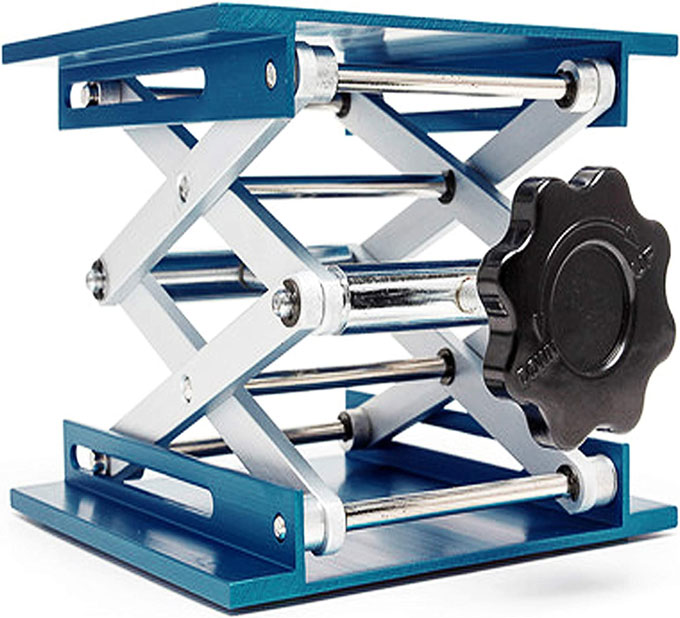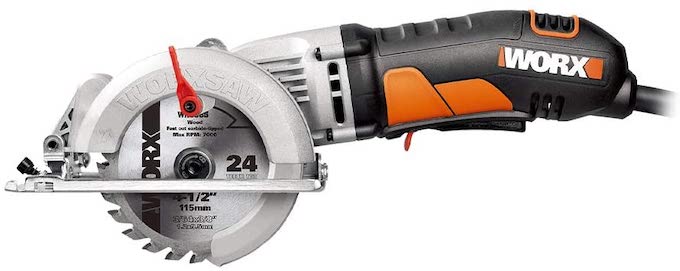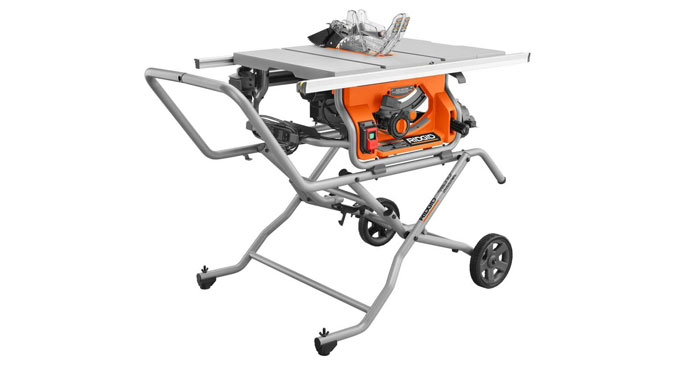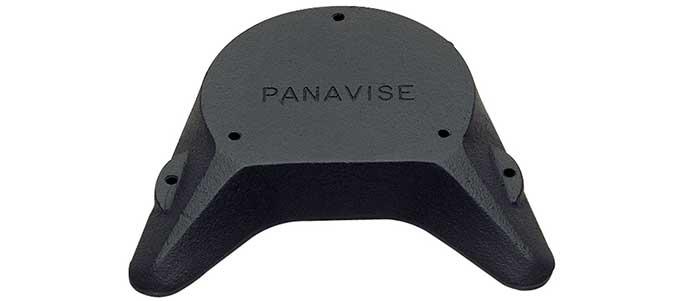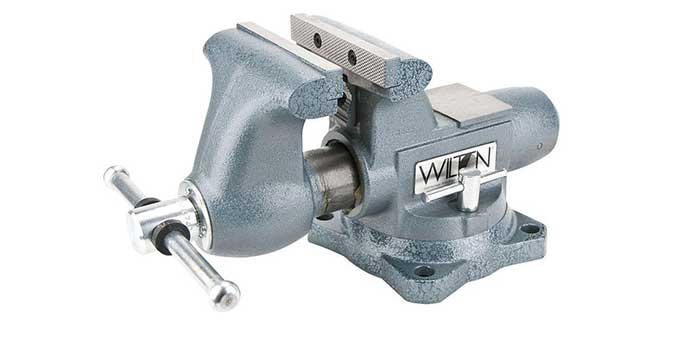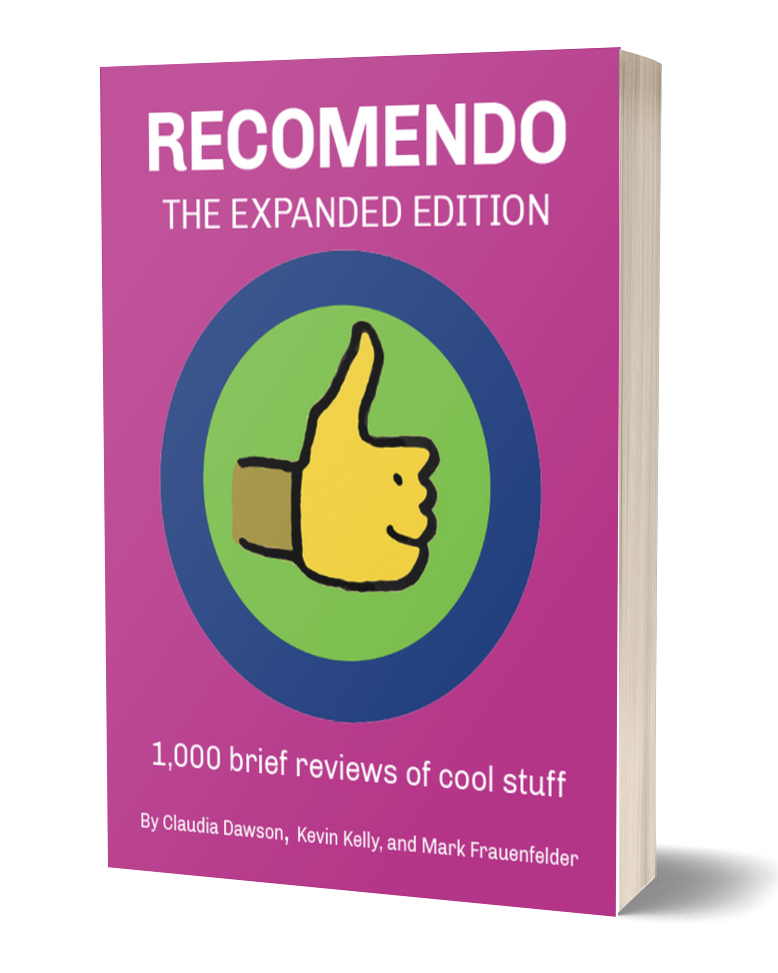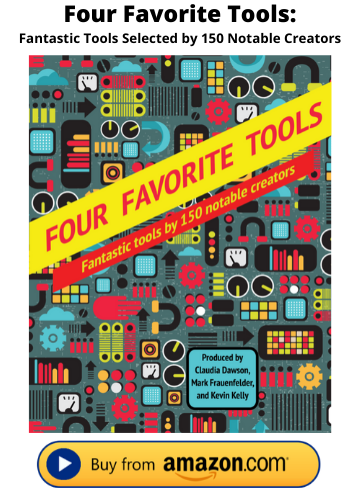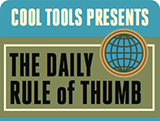A cool tool can be any book, gadget, software, video, map, hardware, material, or website that is tried and true. All reviews on this site are written by readers who have actually used the tool and others like it. Items can be either old or new as long as they are wonderful. We post things we like and ignore the rest. Suggestions for tools much better than what is recommended here are always wanted.
Tell us what you love.Categories
- Announcements
- Aural
- Autonomous Motion
- Backpacking
- Big Systems
- Clothing
- Communications
- Community
- Computers
- Consumptivity
- Craft
- Culture
- Dead Tools
- Deals
- Design
- Destinations
- Dwelling
- Edibles
- Every Day Carry
- Family
- Gardens
- Gareth's Tips
- General Purpose Tools
- Health
- Homestead
- Inner Space
- Just 1 Question
- Kitchen
- Learning
- Life on Earth
- Livelihood
- Living on the Road
- Maker Tools
- Maker Update
- Materials
- Media Tools
- Multiple Product Reviews
- No Stream
- Nomadico
- Paper World
- Photography
- Play
- Podcast
- Prove Us Wrong
- Readers' Gifts
- Recomendo
- Related Stuff
- Science Method
- Somatics
- Source Wanted
- Tips
- Tool Chest
- Tools for Possibilities
- Uncategorized
- Vehicles
- Videos
- Visual Media
- What's in My Bag
- Workplace
- Workshop
GLASS ARTIST DALE CHIHULY PLAYS WITH FIRE AND THE AUDACITY OF BEAUTY
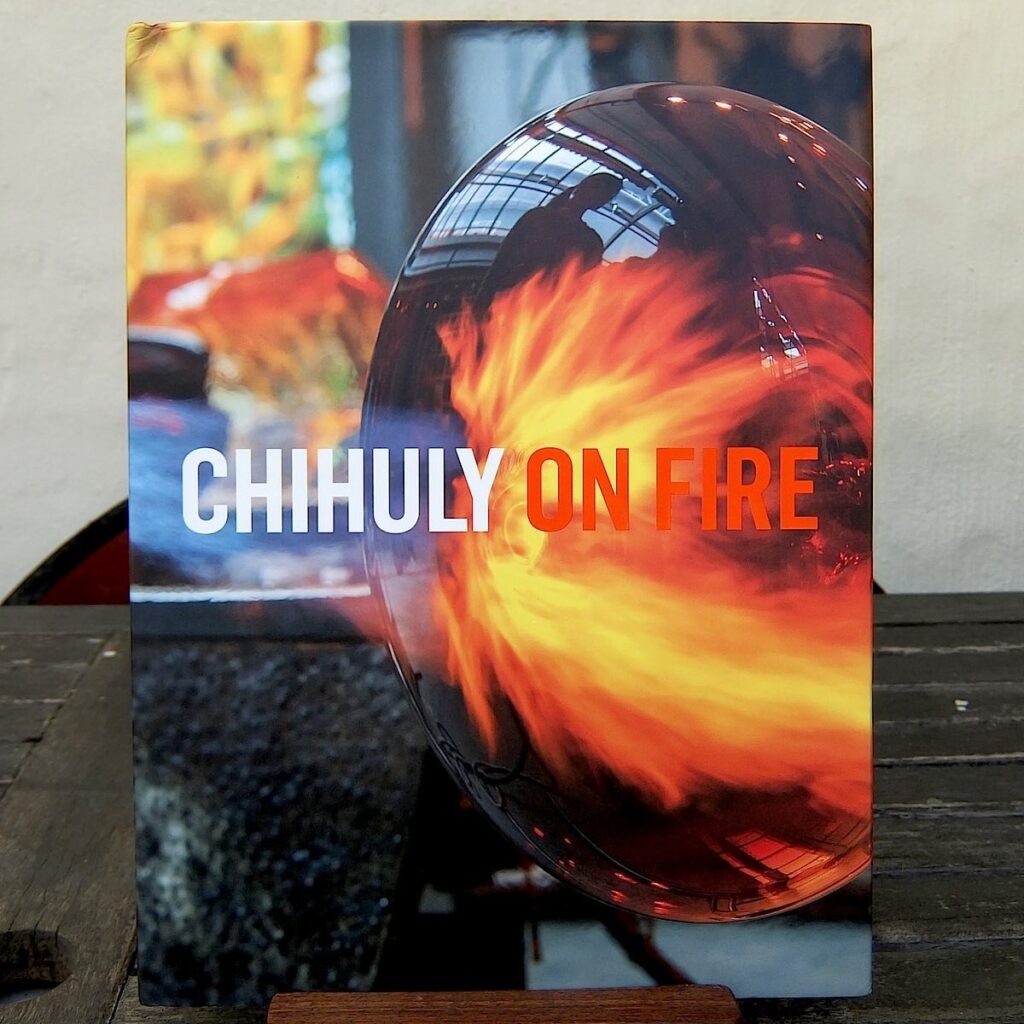
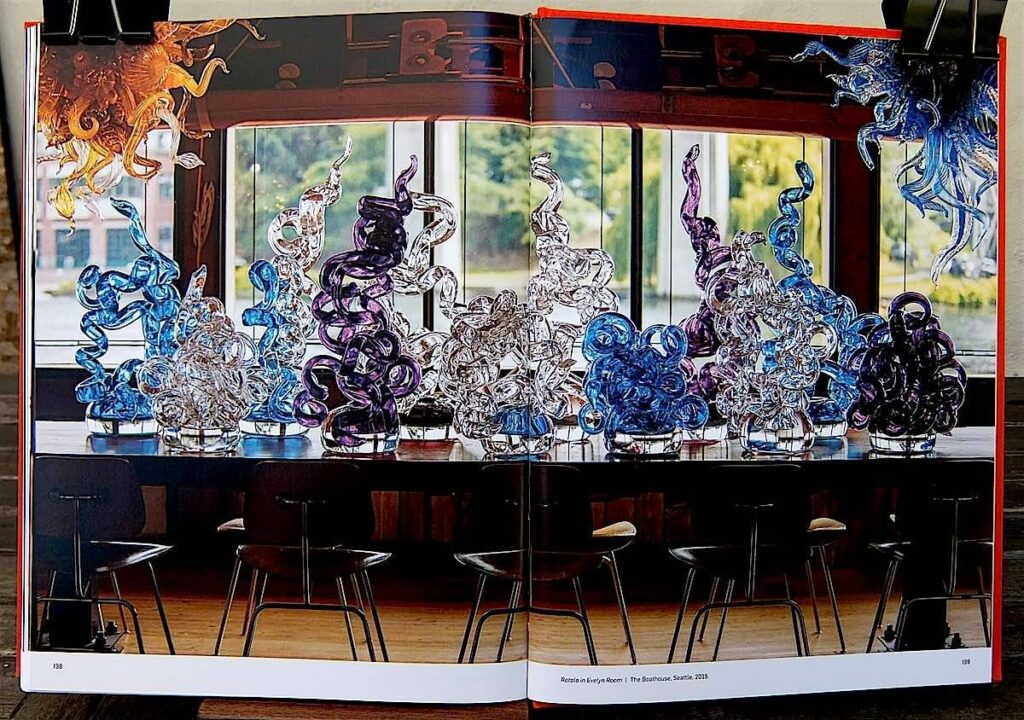
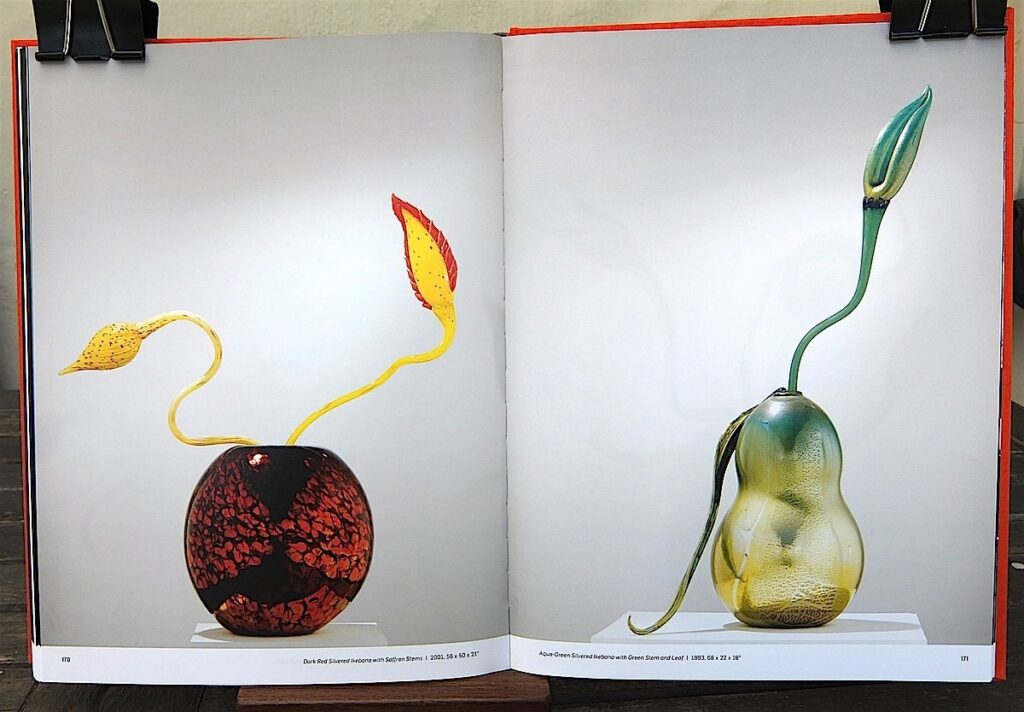

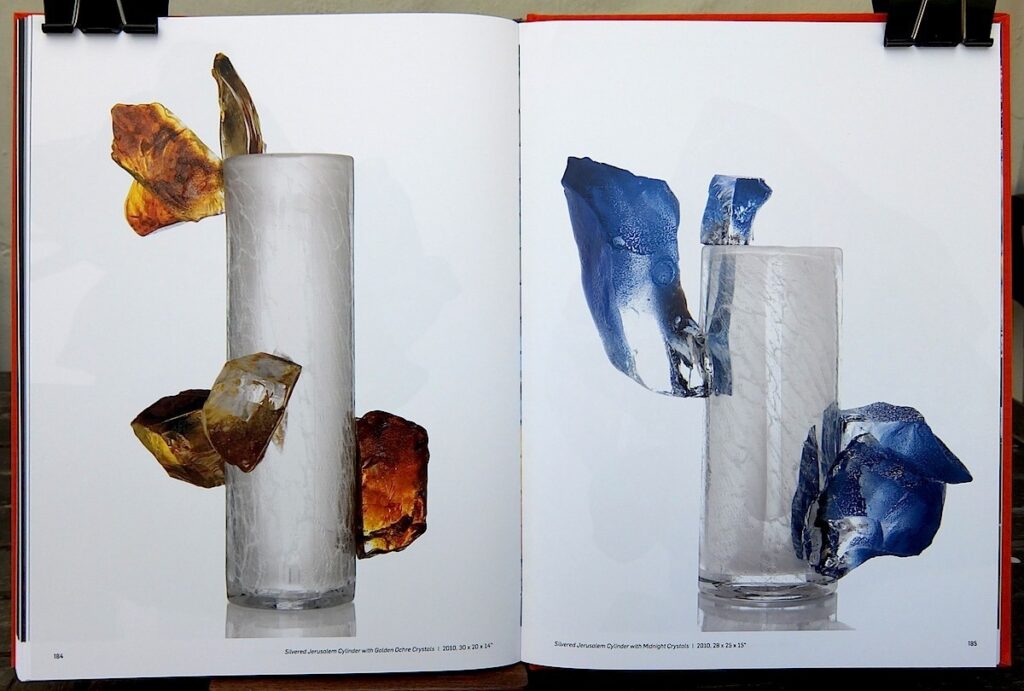
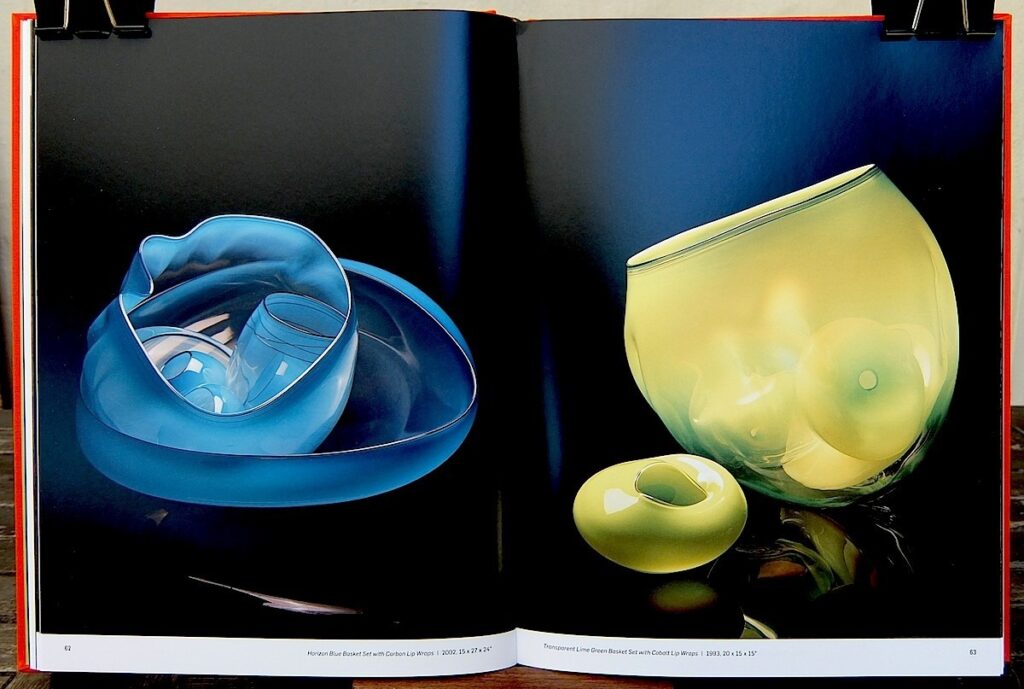
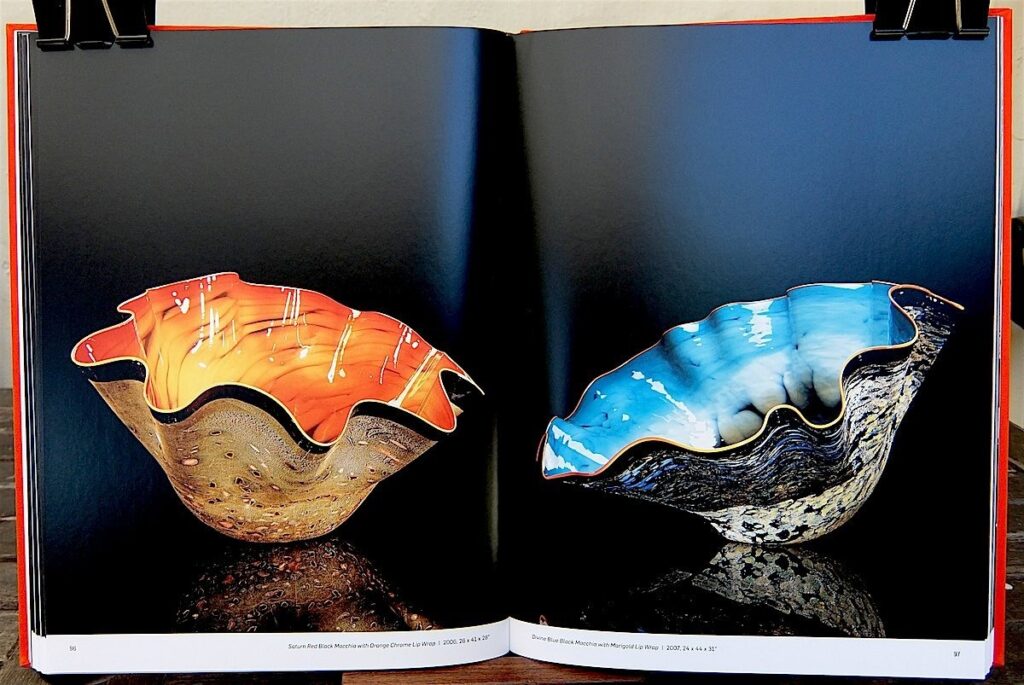

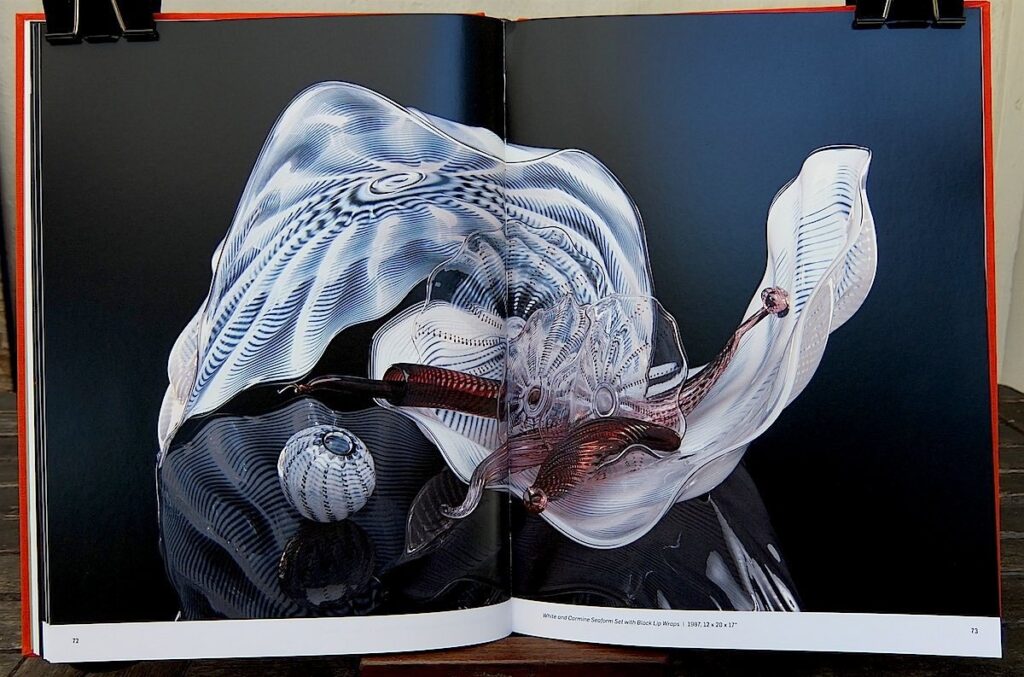
Chihuly on Fire
by Henry Adams (author) and Dale Chihuly (artist)
Chihuly Workshop
2016, 212 pages, 9.3 x 12.1 x 0.9 inches
For several decades now, art critics and casual admirers alike have talked about Dale Chihuly’s art in terms of its forms. Indeed, the artist himself organizes his work largely by their physical shapes, as does his latest self-published coffee-table book, Chihuly on Fire, whose chapter titles range from “Baskets” and “Sea Forms” to “Jerusalem Cylinders” and “Rotolo.” But thumbing the pages of this sumptuous, hardcover volume, and reading the biographical essay by art-history professor Henry Adams, one is struck by the importance of color to Chihuly’s work.
The shift to color began in 1981, when Chihuly and his team of gaffers and assistants produced the first of what would become known as the Macchia series. These often enormous vessels, whose sides were usually folded and deformed, featured solid-color interiors, lip wraps in contrasting hues, and thousands of “jimmies” of pure crushed colored glass, usually set against a background of white glass “clouds.”
Even in his early days, Chihuly’s ambitions for his chosen medium seemed larger than the modest network of glass-art galleries around the country would have the wherewithal to support. By the time his Macchia pieces came along, the so-called craft arts, of which glass art was but one, were allowed to be exuberant and even a bit zany, but they were ultimately expected to exhibit good table manners, to sit uncomplainingly at the kid’s table of the art world. Gloriously and unapologetically garish, Chihuly’s Macchia pieces were a grinning, joyful, and emphatic “fuck you” to all of that. With the Macchia, Chihuly finally shook off the cobwebs of craft, not so much because the pieces pushed the boundaries of technique to ludicrous places – although they certainly did that – but because they pushed what was possible, and politic, with color.
Today, technique remains central to Chihuly’s work, while his teams of artisans have become ever-more adept, as the 2013 photo in Chihuly on Fire of two assistants in helmeted, fireproof space suits preparing to catch a still-glowing piece dramatically shows. To be clear, it’s okay to be impressed by that sort of thing, to get sucked into the spectacle that is Chihuly. After all, lots of artists have made careers of astounding viewers with physical spectacle, as anyone who has walked within the rusty, leaning walls of a curving Richard Serra can attest. In a way, though, Chihuly takes the greater aesthetic risk by being brash enough to demand that his creations are also, well, beautiful. For that, color rather than form has been his most capable collaborator. – Ben Marks
CURSED PIRATE GIRL – A PAGE-TURNER FOR ITS SWASHBUCKLING STORYLINE AND IMAGINATIVE ILLOS
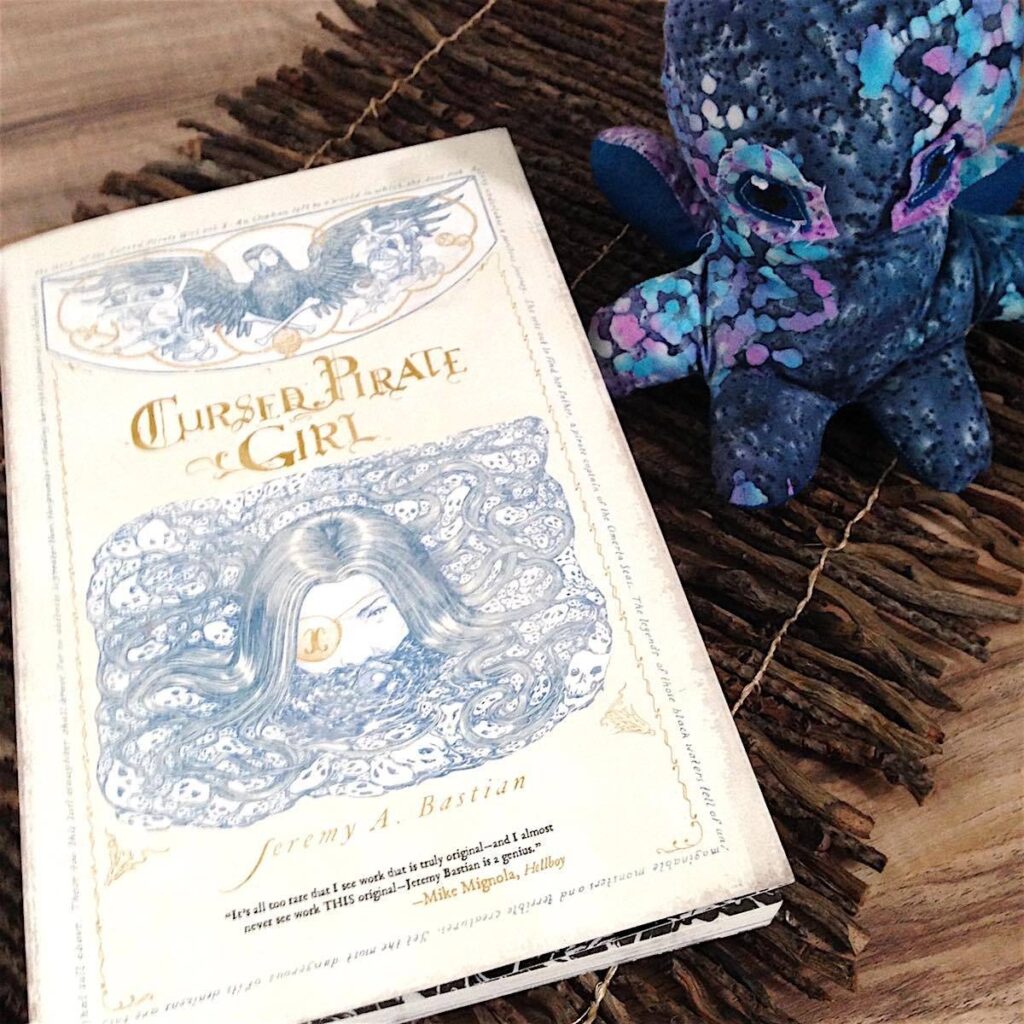


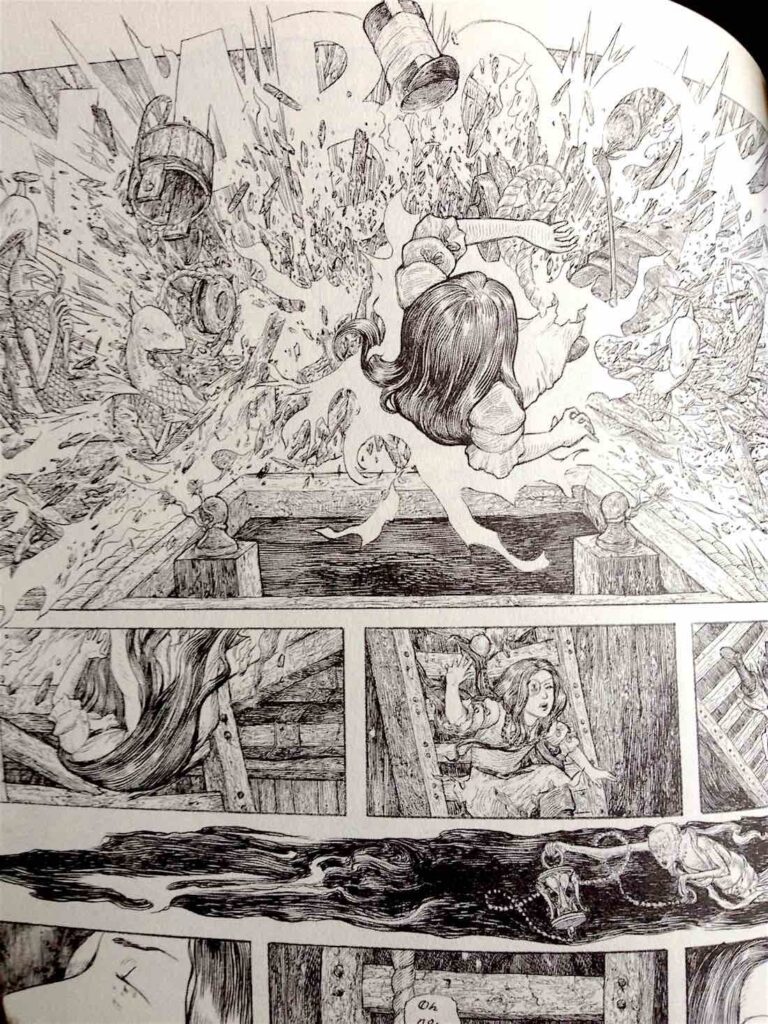

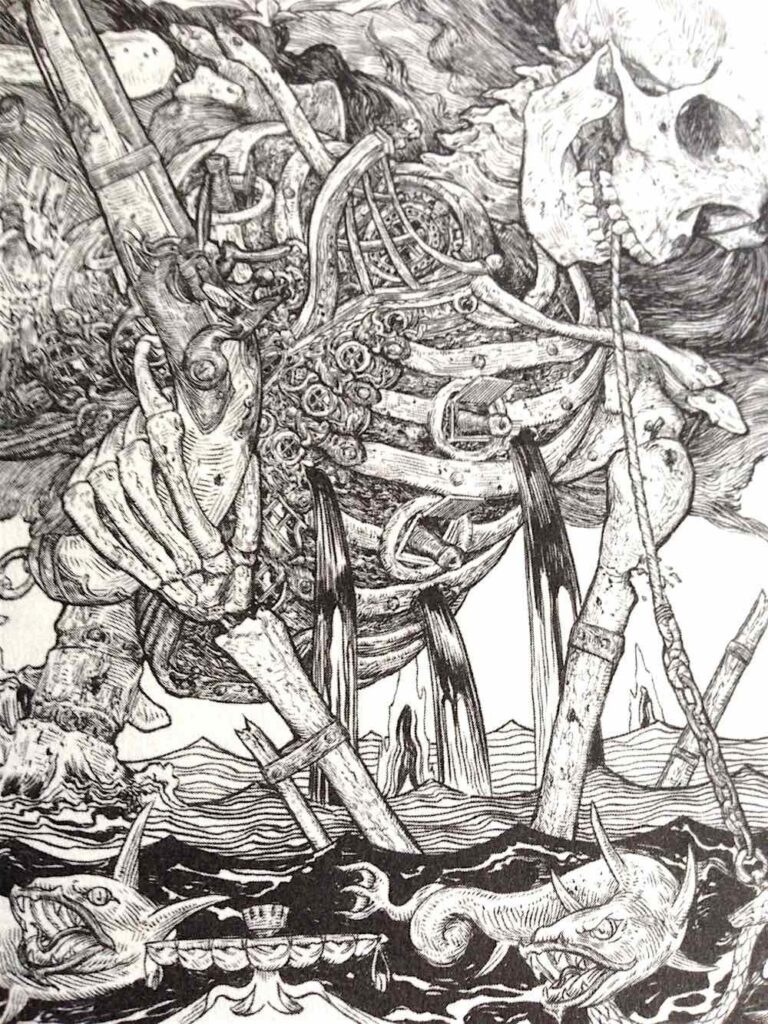
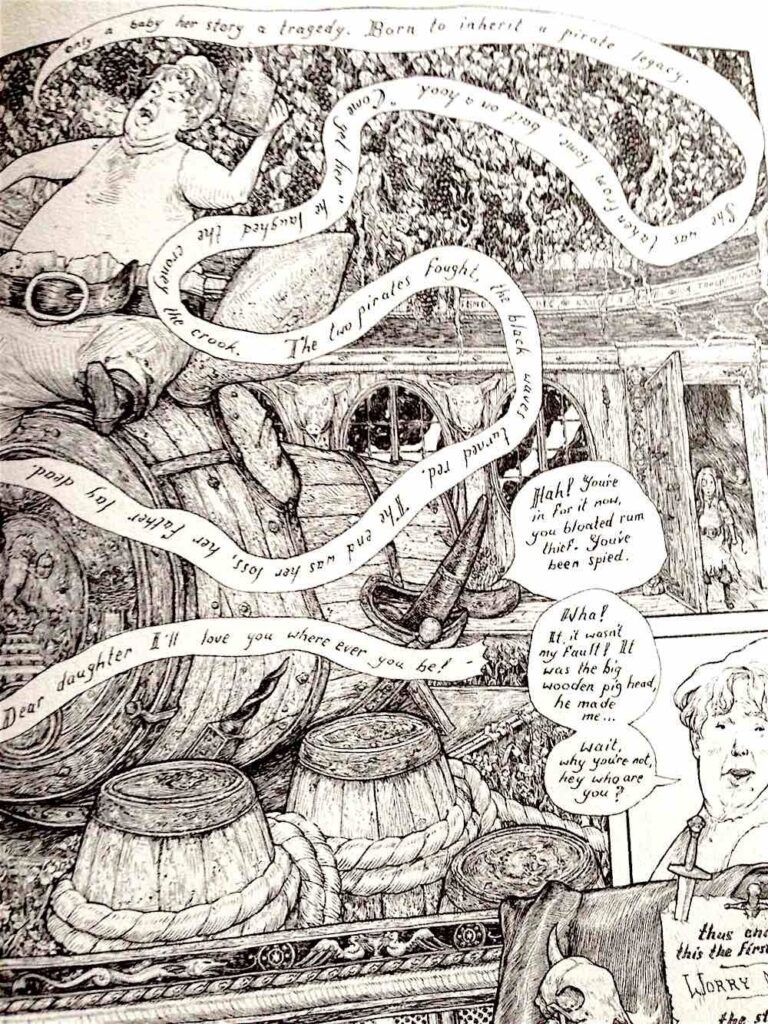

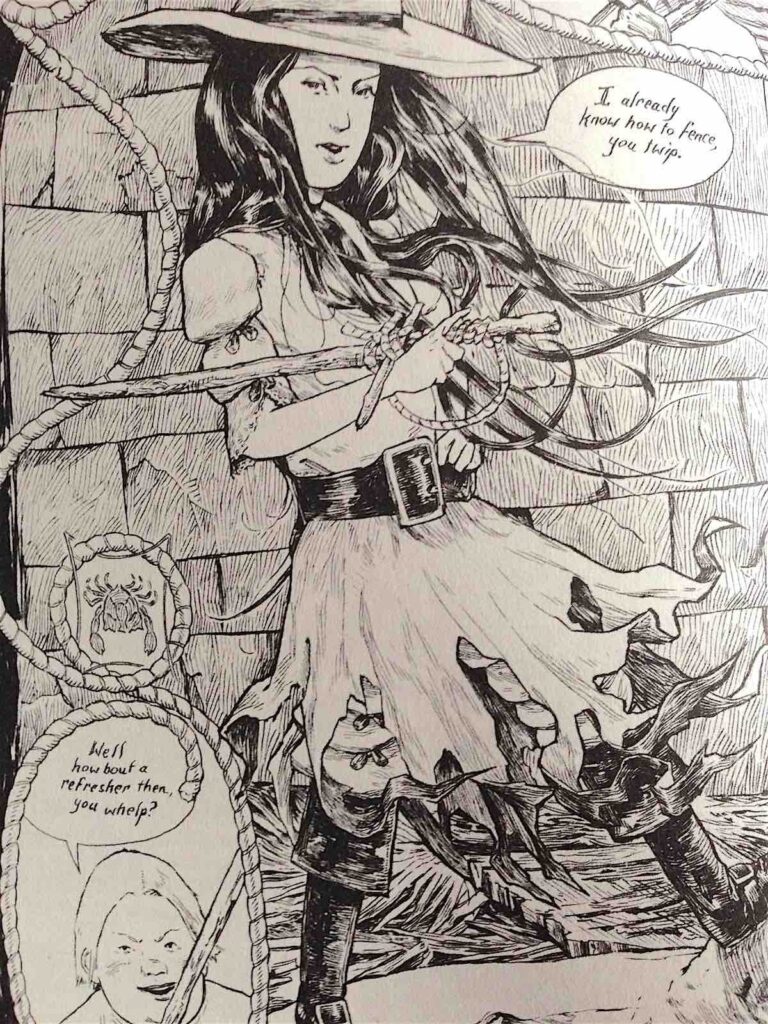
Cursed Pirate Girl
by Jeremy Bastian
Archaia
2016, 144 pages, 6.6 x 10.2 x 0.6 inches (softcover)
Cursed Pirate Girl, released in paperback this year, journeys in search of her missing father through the dangerous waters of the Omerta Seas in this ornate black-&-white graphic novel. An archetypical adventure tale with an odd cast of characters, Cursed Pirate Girl killed a sea witch’s five sons, who then placed an eternal curse upon her. On her journey, Cursed Pirate Girl encounters Apollonia, Apollonia’s haughty caregiver Mr. Six, a royal child with ringlets who suffers from hero-worship, pistol-packing Kildenny, Pepper Dice the talking parrot, Jacob the one-armed cook, sharks, talking skeletons, schools of sardines, armored swordfish, and many, many pirates of all shapes and sizes. She sword-fights, gets kidnapped, becomes locked below deck in a crowded pirate ship, rides an enormous fish, and walks a plank.
Featuring intricate line drawings created with a Yasutomo Grip 500 mechanical pencil and Escoda Series 1212 size 00 sable brush on Bristol paper, each panel bursts to overflowing with entwined octopus tentacles, delicate seaweed, crashing waves of sea spray, smoky cannon fire, grimacing skeletons clad in pirate garb, and churning clouds of winged sea creatures.
My only squabble with Cursed Pirate Girl would be that the print is fairly small, and details in smaller panels are excessively minute, but it’s nothing that a handy magnifier wouldn’t fix. Cursed Pirate Girl is a beautifully illustrated, thrilling adventure tale. It’s a page-turner for its engaging swashbuckling storyline as much as the imaginative illustrations. Marvel at the details. – S. Deathrage
Books That Belong On Paper first appeared on the web as Wink Books and was edited by Carla Sinclair. Sign up here to get the issues a week early in your inbox.

